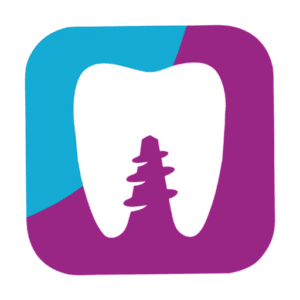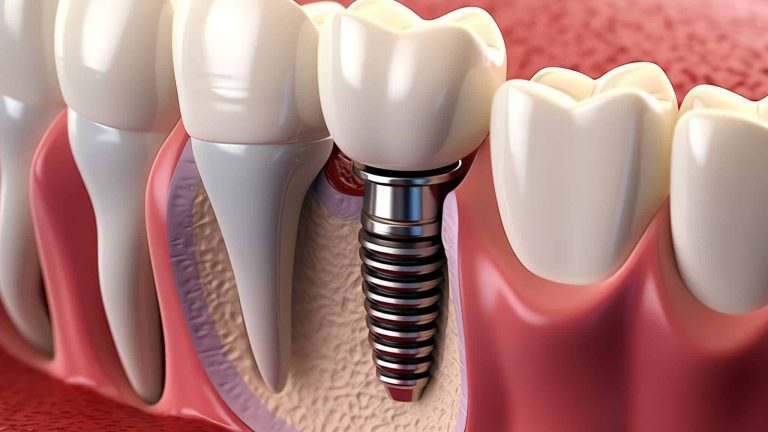In the world of oral health, many popular beliefs circulate that, while well-intentioned, can lead us to adopt harmful or unnecessary habits. Misinformation can interfere with our ability to maintain a healthy mouth and prevent long-term dental problems.
This article aims to debunk some of the most common myths about oral health and provide clarity on what really works to take care of your teeth and gums. From using mouthwash to the dangers of DIY teeth whitening, we will address various beliefs to help you improve your dental care routine and protect your smile.
Myth 1: Mouthwash is essential for good oral hygiene
Reality: Although mouthwashes can be helpful in some circumstances, they are not essential for maintaining good oral health.
Many people believe that mouthwash is an essential part of the daily dental care routine, but the truth is that brushing your teeth twice a day and flossing regularly are the fundamental pillars for good oral hygiene. Mouthwash can be beneficial as a complement, especially if it contains ingredients like fluoride or antibacterial agents that help prevent cavities or fight plaque. However, on its own, it does not replace brushing or flossing.
- When to use mouthwash: If you have gum problems, chronic bad breath, or are undergoing treatment for periodontal disease, your dentist may recommend a specific mouthwash. Mouthwashes can also be helpful for those who have difficulty using floss or need to control bacterial plaque.
- Practical tips: If you decide to use mouthwash, make sure to choose an alcohol-free one if you suffer from dry mouth. Alcohol in mouthwashes can exacerbate this problem, increasing the risk of cavities and other issues.
Myth 2: As long as you brush your teeth, you don’t need to floss
Reality: Flossing is as important as brushing for complete oral hygiene.
Brushing your teeth removes plaque and food debris from the exposed surfaces of your teeth, but the toothbrush cannot reach the spaces between the teeth and along the gum line, where plaque accumulates and can cause cavities and periodontal disease. This is where flossing comes in. Flossing at least once a day is crucial to keep your gums healthy and prevent plaque buildup in hard-to-reach areas.
- Benefits of flossing: It helps remove interdental plaque, prevents gingivitis, and reduces the risk of cavities in areas that the toothbrush cannot reach.
- Practical tips: If you find traditional floss difficult to use, you can opt for tools like flossers or water flossers, which make the process easier and more comfortable.
Myth 3: If your teeth don’t hurt, you don’t need to visit the dentist
Reality: The absence of pain doesn’t always mean everything is fine in your mouth.
Many people believe they only need to visit the dentist when they feel pain or have a visible problem, but this is one of the most dangerous beliefs. Some oral diseases, such as early-stage cavities or periodontal disease, may not cause pain until they are already in an advanced state, making treatment more complicated and potentially leading to tooth loss or more serious infections.
- Importance of regular dental visits: Preventive visits to the dentist (at least twice a year) allow problems to be detected before they become major complications. Professional cleanings also remove plaque and tartar buildup that cannot be eliminated with regular brushing.
- Practical tips: Schedule regular check-ups even if you don’t have any discomfort. The dentist can make early diagnoses and recommend changes to your dental care routine if necessary.
Myth 4: Whitening your teeth at home with natural products is safe
Reality: DIY teeth whitening methods using “natural” products can seriously damage tooth enamel.
In recent years, using natural ingredients like baking soda, activated charcoal, or lemon for at-home teeth whitening has become popular. Although these methods may seem harmless, they can actually wear down tooth enamel, increase sensitivity, and cause permanent damage to your teeth.
- Risks of DIY teeth whitening: Frequent use of abrasive products like baking soda or charcoal can erode enamel, making teeth more vulnerable to cavities and sensitivity. Additionally, the acid in lemon can weaken enamel and cause long-term discoloration.
- Safe alternatives: If you want to whiten your teeth, consult your dentist about professional whitening options. There are safe and effective methods that won’t harm the enamel, and the results will be longer-lasting.
Myth 5: Baby teeth don’t need special care because they will fall out anyway
Reality: Baby teeth are essential for the healthy development of permanent teeth and require proper care.
Some people think that baby teeth aren’t important because they will eventually be replaced by permanent teeth. However, these teeth play a crucial role in the child’s oral development. They help guide the growth and position of the permanent teeth, as well as allow children to chew and speak correctly.
- Importance of baby teeth: If baby teeth are lost prematurely due to cavities or damage, the permanent teeth may come in crooked or misaligned. There may also be an impact on speech and chewing ability.
- Practical tips: Teach children the importance of brushing their teeth from an early age, and schedule regular dental visits to ensure that baby teeth stay healthy until they are ready to fall out naturally.
Myth 6: Brushing harder means a better cleaning
Reality: Brushing too hard can damage your gums and wear down enamel.
It’s a common mistake to think that brushing your teeth harder will clean them faster and more effectively. However, aggressive brushing can cause more harm than good. Brushing too hard can irritate the gums, wear down enamel, and make your teeth more sensitive.
- Consequences of aggressive brushing: Receding gums, exposure of the tooth roots, increased tooth sensitivity, and a higher risk of enamel wear.
- Practical tips: Use a soft-bristled toothbrush and apply moderate pressure. Moving the brush in small circular motions is more effective at removing plaque without damaging your gums or enamel.
Myth 7: Only older people suffer from gum disease
Reality: Periodontal disease can affect people of any age.
Gum disease, or periodontal disease, is an infection that affects the gums and the bone that supports the teeth. While it is more common in older people, it can affect people of all ages if they do not maintain good oral hygiene. In fact, gingivitis, a mild form of gum disease, is common among teenagers and young adults due to plaque buildup.
- Risks of untreated gum disease: If left untreated, gum disease can progress to periodontitis, which can cause tooth loss and affect overall body health, increasing the risk of heart problems and diabetes.
- Practical tips: Maintain a regular brushing and flossing routine, and visit your dentist regularly to ensure your gums are in good condition.
Myth 8: Sugar-free gum can replace brushing your teeth
Reality: Although sugar-free gum helps increase saliva production, it is not a substitute for brushing.
Sugar-free gum can be beneficial for stimulating saliva production, which helps neutralize acids in the mouth and clean food debris. However, it cannot replace regular brushing, as it does not remove plaque or clean between the teeth. Flossing and brushing are still essential for complete cleaning.
- Practical tips: Chew sugar-free gum after meals if you can’t brush right away, but make sure to brush your teeth as soon as possible.
Conclusion: Debunking Oral Health Myths for a Healthy Smile
The amount of misinformation about oral health can be overwhelming, but the most important thing is to have accurate information and follow the recommendations of dental professionals. Taking care of your teeth and gums doesn’t have to be complicated, but it does require consistency and good habits.
At Clínicas La Guardia, we are committed to providing you with the best dental care, and we are here to clarify any doubts you may have about your oral health. If you are concerned about a myth or want to ensure that your hygiene routine is the right one, don’t hesitate to schedule an appointment with us.



